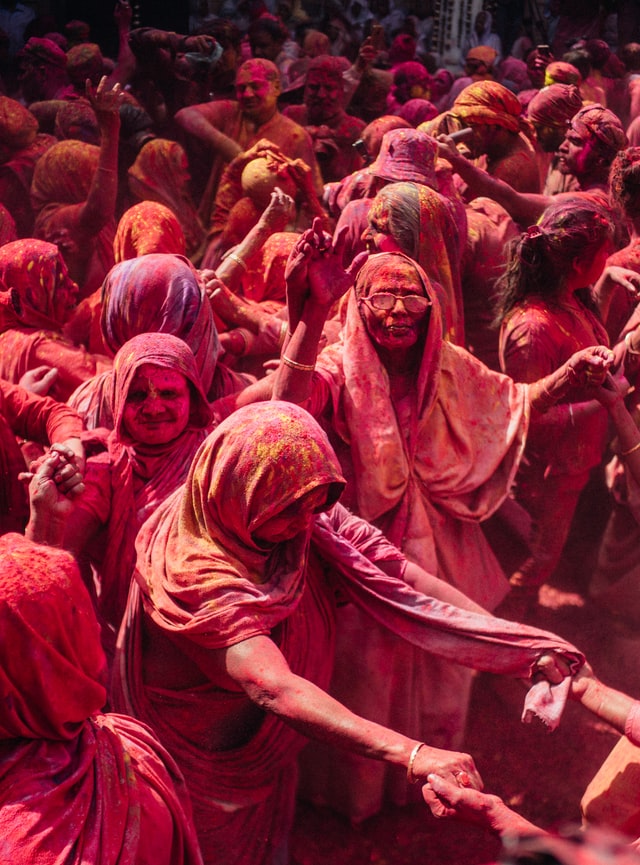Female labour participation has been an ongoing debate and need in countries like India and other South East Asian nations. In fact, with growing numbers of female students even during the pandemic, India seemed to have recorded its highest ever female participation in a rather strategic way. Even states with a superior male sex ratio have managed to bring in more female students as far as schooling and higher education goes. We would not be far off the mark to say that a higher rate of economic growth is therefore, linked to better representation of women in the male – female workforce ratio.
The point of educating more and more girls is to ensure that the falling number of working age women in the modern day workforce, can be combated. Better education would lead to better opportunities and better female labour participation in the long run. When women are better educated, they resist having children at a young age and getting bound to childcare. This helps them join the workforce and contribute to the closing of the male female gap.
At the same time, better female labour participation also makes for better income and since the working age woman will now be working and earning rather than having children at a young age, there will be more welfare and better nutrition as well as better health in the equation too. These are some of the most important factors which requires us to be more mindful of including more and more women in education and subsequently, in the workforce.
While countries like Nepal and Bangladesh have managed to bridge this gap of female labour participation, India still seems to be lagging behind. The socio economic impact of closing this gap is rather clear, but better prospects and better access to education are the need of the hour here.


























